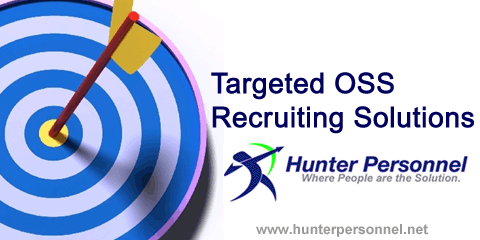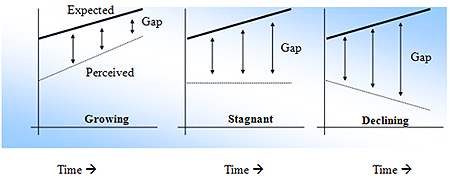The perception-to-expectation gap (measure of satisfaction level) will narrow only when the rate of growth of perceived service is higher than the rate of growth of expected service. It, therefore veers around to the fact that both expected & perceived satisfaction levels are dependent on three critical aspects:
- Actual quality of service delivered by company
- Perceived quality of service delivered by competitors in this market
- Perceived quality of service delivered in other markets (hearsay)
This brings us to the need for a satisfaction measure that benchmarks against the competition. At one level, a comparison of the perceived satisfaction of the two services can indicate the degree of superiority of one over the other. At another level, it can indicate the gap from the expectation.
How to measure satisfaction
Any satisfaction measurement exercise should have a bench marking component. The benchmark can be to the best known competitor or the closest competitor.
At the overall level, the following measures are indicators of gap between perceived & expected quality:
(a)
Satisfaction with service delivered by the best/closest competitor and by the company
(b)
Likelihood of recommending to others if asked for an opinion (Company & closest competitor)





